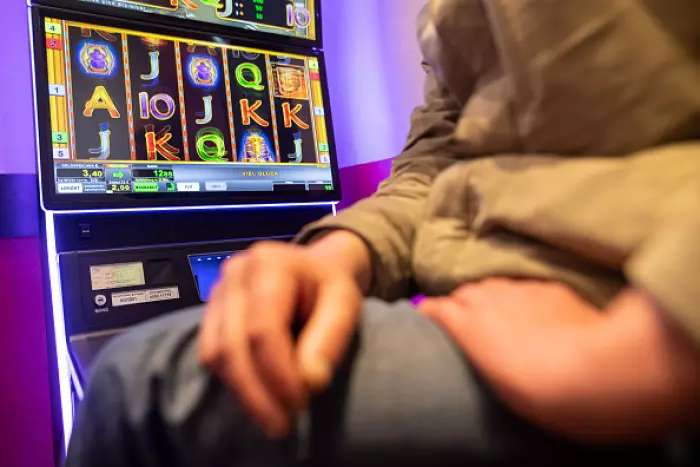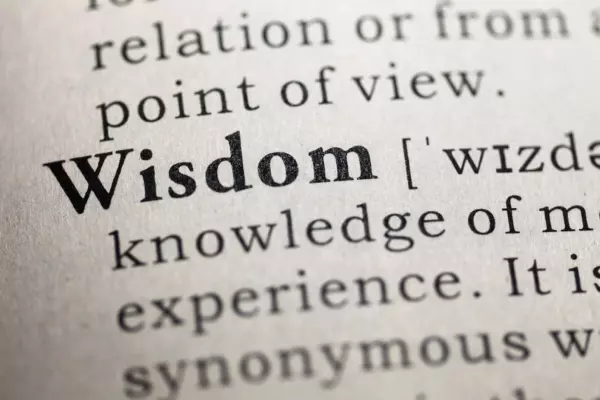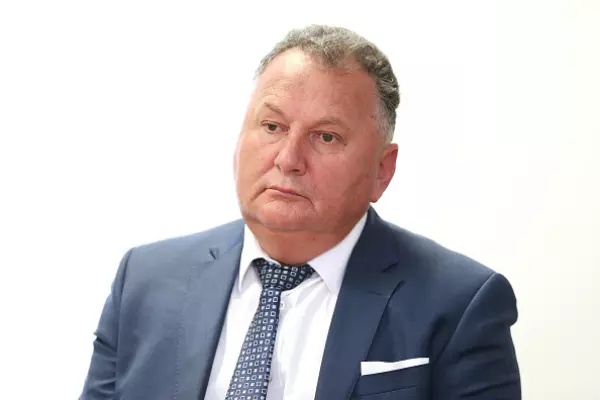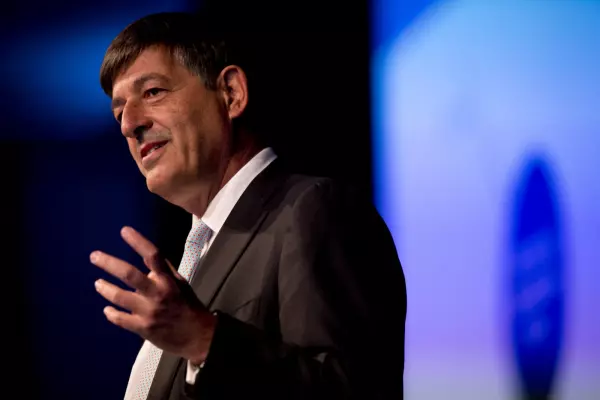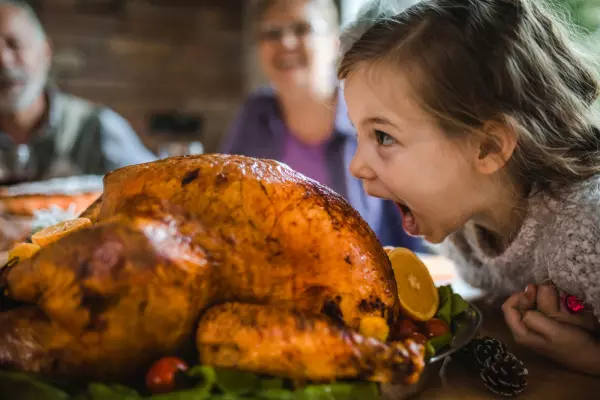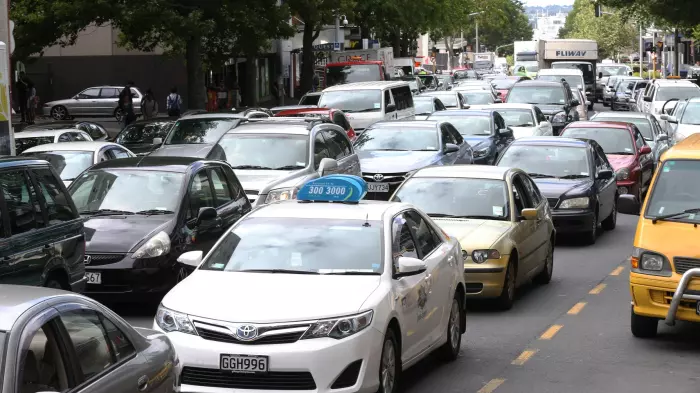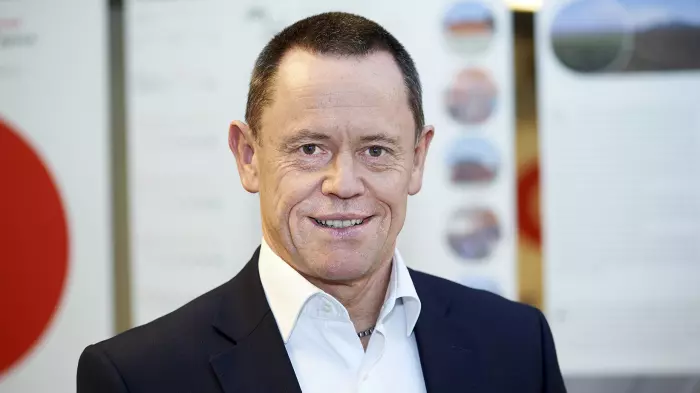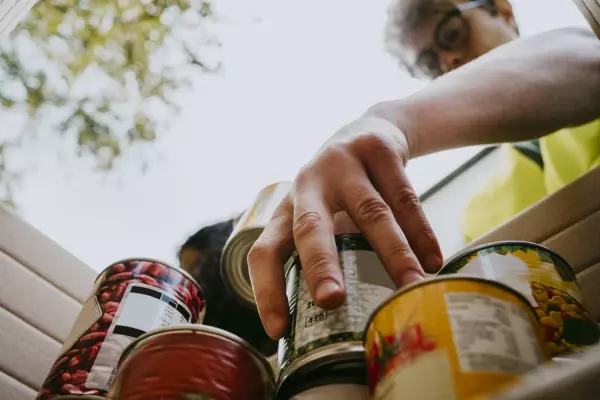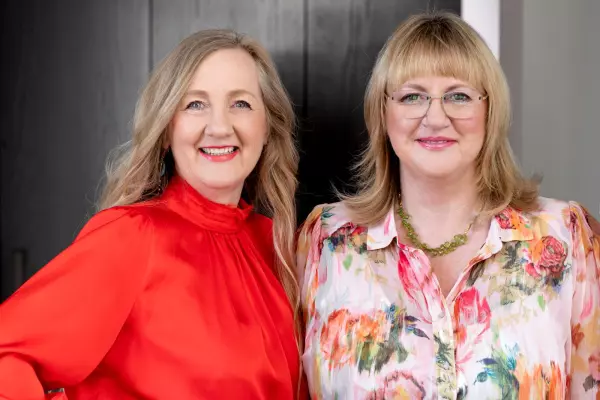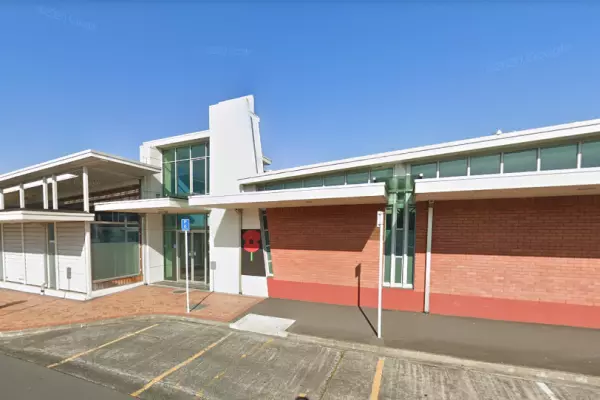The non-casino gambling machine industry rakes in almost $1 billion every year – but the vast majority of that pokie pie is being funded by the most economically deprived regions.
Research firm Dot Loves Data says on average in New Zealand, a decile 10 community will spend $344 per person on gambling a year, but a decile 1 community will only spend $121 per person. The NZ Treasury labels socioeconomic deprivation via decile markers, with decile 10 being the most deprived and decile 1 being the least deprived.
BusinessDesk's own analysis shows that gaming machines are overwhelmingly within the most deprived communities. There are almost 10 times as many machines in decile 10 areas than in decile 1 – despite both accounting for 10% of the population.
But it’s not just the lower socioeconomic areas that are losing a lot more money than more well-off regions, the disparity is also there when it comes to expenditure via ethnicities.
Māori and Pasifika are spending more a year than Pākehā – with Māori spending $277.56 and Pasifika spending $269.40 compared to Pākehā spending of $228.32 per person each year.
The Salvation Army stopped requesting and accepting gambling machine donations more than 10 years ago – and social policy director Ian Hutson says the charity has no plans to change that.
“It just seems like you shouldn't alleviate poverty by creating it,” he says. “It's sucking the resources out of poor communities.”
Hutson says it's a “real moral dilemma” that many places don't want to take donations created from gambling – but they often have to if they want to keep their programmes going.
“To us, it’s a real social evil,” he says. “The way it's structured really does aim to hit the vulnerable where it hurts most.”
'The amount is staggering'
Andrée Froude, the communications director at Problem Gambling Foundation, agrees that machines in deprived areas cause a lot of harm.
“When you consider that over 60% of venues are located in areas that are either high-deprivation or medium-high deprivation, that money is coming from people who really can't afford to be losing it,” she says.
“The amount is staggering.”
Peter Adams, a professor of population health and associate director at the Auckland centre for addiction research, says there are a lot of arguments around what percentage of pokie profits came from problem gambling, but suggests it's between 30% and 40%.
“With community benefit funding, you're doing good in communities from something that does harm in those communities,” he says.
“But if you add on the non-problem gambling harm into that, you could say with confidence that half of it is coming from people who are experiencing misery."
He says the main reason a public health approach can't be tackled in NZ’s pokie space is that the reliance of community groups is maintaining the demand for funding.
“The demand for problem gambling or harm-related pokie consumption maintains itself and makes it impossible for us to consider any sort of change that might reduce the harm associated with the machines."
Tara Dymus, a general manager at Hāpai Te Hauora – Māori Public Health Leadership, says: “If you don't have diversity across the board committed to representing the interests of the community, I don't know how things can change.”
Dymus says considering gambling societies legally have to give a portion of their funds to charitable purposes, they shouldn’t emphasise how much they are contributing to communities.
“The basic purpose of pokies is to make money,” she says.
“And there’s nothing inherently wrong with wanting to make money – but don't dress pokie grants up as venture philanthropy.”


